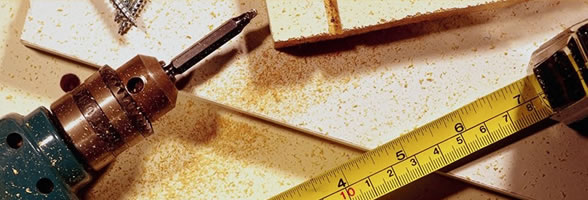
Excretion
Excretion: It is the removal of metabolic waste products from the body. (Note: not to be confused with secretion)
Excretion in Plants:
|
Organ: |
Waste Products: |
Area of excretion: |
|
Leaf |
CO2 and H2O |
Stomata/Lenticels |
Homeostatic role in excretory system- temperature regulation.
Ectotherms: depend on external environment for temperature regulation.
Endotherms: generate their own heat from metabolic reactions.
The Skin:

Structure:
- Epidermis: Surface layer composed of dead cells with a melanin pigment.
- Dermis tissue: Connective tissue to contain and support skin structures e.g. sweat glands, nerve and thermal receptors.
Functions:
- Protection:
Epidermis: protects from UV rays (due to melanin pigment) and general barrier to pathogens.
Sebum oil: acts as a surface disinfectant.
- Makes Vitamin D
- Energy Storage in fat tissue
- Excretion by sweating
- Temperature regulation:
In cold climate:
- Hair stands on skin due to erector muscle contraction- Piloerection. Holds warm air around skin.
- Blood vessel contraction- Vasoconstriction.
- Shivering.
In hot climate:
- Hair lies flat.
- Sweating.
- Blood vessels come close to surface. This causes blushing.
Organs of Excretion:
|
Organ: |
Waste Products: |
Position: |
|
Kidneys |
Water, Salt, Urea |
Lower Back |
|
Lungs |
Water, CO2 |
Chest Cavity |
|
Skin |
Water, Salts |
External surface |
The excretory system:
The kidneys:
Functions:
- Excretion
- Osmoregulation (water and salt regulation)
- pH control

Urine Production in the Nephron: (This is a basic analysis of the nephron system)
- Blood enters the afferent arteriole into the glomerulus.
- Filtration due to blood pressure forces water and waste products out of blood. Filtration occurs in the Cortex of Kidney.
- Useful substances are reabsorbed and waste is transported through Bowman’s capsule.
- Most water in filtrate is diffused out of convoluted tubule into capillaries. Glucose and other minerals are absorbed by active transport.
- The ascending limb of the loop of Henle absorbs most salt. Reabsorption of materials occurs in the Medulla and the Cortex.
- The distal convoluted tubule adjusts the filtrate’s pH level before it is expelled into the collecting duct.

Kidney control of urea concentration:
- If salt level are too high or cells are dehydrated the hormone ADH (Anti-diuretic hormone) triggers more absorption of water in the distal convoluted tubule and collecting ducts. This increases urea concentration in urine but the overall urine concentration is reduced.
- If low salt levels exist then no ADH is made and volume of urine remains constant or increased.
The Bladder:
Urine is the carried from both kidneys by the ureters to the bladder.
Function: It is used in the storage of urine from the Kidneys. Urine is then transported from the bladder by a tube called the urethra.
